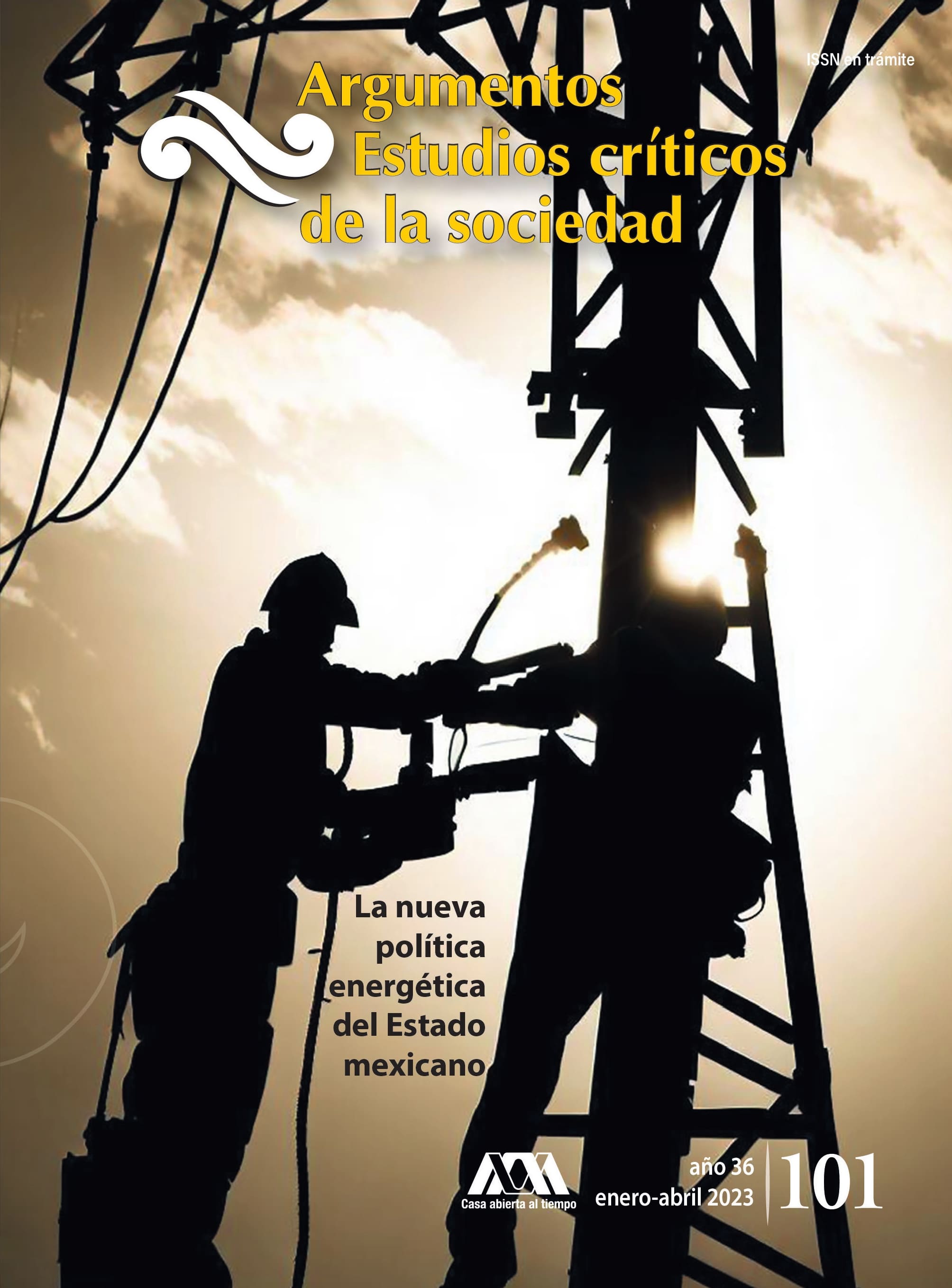Génesis y desarrollo de la crisis española
Keywords:
España, eurozona, crisis económica.Abstract
This paper analyses the origins and recent evolution of the Spanish economic crisis and formulates macroeconomic policy and structural reform recommendations in order to recover production growth on solid and sustainable bases. The underlying causes of the crisis relate not only to the flaws and omissions of the Spanish economic strategy, but also to the vulnerabilities generated by the Eurozone’s institutional framework. Becoming a member of the Eurozone brought about an international competitiveness’ gap that continued to widen over the years. To counteract its deficient export performance, Spain chose to replicate the U.S. pattern of over-indebtedness of households, businesses and financial institutions, on the one hand, and flourishing real state sector, on the other. The failure of such an economic growth model sank Spain into an unprecedented crisis, mainly because the Eurozone’s intrinsic architecture has now become the main obstacle to confront it.
References
Artis, M., J. Fidrmuc, y J. Scharler, “The transmission of business cycles. Implications for EMU enlargement”, Economics of Transition, vol. 16, No. 3, 2008, pp. 559-582.
Berger, H. y V. Nitsch, “The Euro’s effect on trade imbalances,” IMFWorking Paper 10/226, Washington, D.C., 2010.
Biroli, P., G. Mourre y A. Turrini, “Adjustment in the Euro Area and Regulation of Product and Labour Markets: An Empirical Assessment,” Centre for Economic Policy Research, Discussion Paper 8010, Londres, 2010.
Bordo, M., “The euro needs a fiscal union: some lessons from history”, Economic Policies for the 21st Century, 12 de octubre, 2010 [http://web.xrh.unipi.gr/attachments/1551_SOMC_Oct_Bordo.pdf ].
Böwer, U. y C. Guillemineau, “Determinants of business cycle synchronization across Euro Area Countries”, European Central Bank, Working Paper No. 587, Fráncfort del Meno, 2006.
Burstein, A., C. Kurz y L. Tesar, “Trade, production sharing, and the international transmission of business cycles”, Journal of Monetary Economics, vol. 55, No. 4, 2008, pp. 775-795.
Claessens, S., G. Dell’Ariccia, D. Igan y L. Laeven, “Lessons and policy implications from the global financial crisis”, International Monetary Fund, Working PaperNo. 44, Washington, 2010 [http://www.imf.org/external/pubs/ft/wp/2010/wp1044.pdf ].
Imbs, J., “Trade, finance, specialization and synchronization,” Review of Economics and Statistics, vol. 86, No. 3, 2004, pp. 723–34.
European Commission, “Surveillance of Intra-Euro-Area Competitiveness and Imbalances”, Directorate General for Economic and Financial Affairs, European Economy, No. 1, Bruselas, 2010.
Fenge, R. y J. Weizsäcker, “Public pensions and intra-eu mobility: an unfinished agenda”, Bruegel Working Paper, No. 2008/02, Bruselas, 2008.
Jaumotte, F. y P. Sodsriwiboon, “Current Account Imbalances in the Southern Euro Area,” International Monetary Fund, Working Paper 10/139, Washington, D.C., 2010.
Knell, M., “Nominal and Real Wage Rigidities: In Theory and in Europe”, European Central Bank, Working Paper No. 1180, Fráncfort del Meno, 2010, pp. 1-52.
Krugman, P., “Can Europe be Saved?”, New York Times, pp. 1-14, 12 de enero de 2011 [http://relooney.info/0_New_10048.pdf ].
Mundell, R., “A Theory of Optimum Currency Areas”, American Economic Review, Vol. 51, No. 4, 1961, pp. 657-665.
Zemanek, H., A. Belke y G. Schnabl, “Current Account Balances and Structural Adjustment in the Euro Area,” International Economics and Economic Policy,No. 7, 2010, pp. 83-127.
Zimmermann, K., “Labor mobility and the integration of European labor markets”, DIW Berlin Discussion Paper, No. 862, Berlin, 2009.








